Facilities
Center for Animal Disease Modeling and Surveillance (CADMS), University of California, Davis, U.S.A.
Project Lead: Beatriz Martínez-López
Key Personnel: Jose Manuel Diaz Cao, Carlos Gonzalez Crespo, Jose Pablo Gomez, Kathleen O'Hara, Oonagh Pretorius
Internationally recognized as one of the premier research and educational institutions
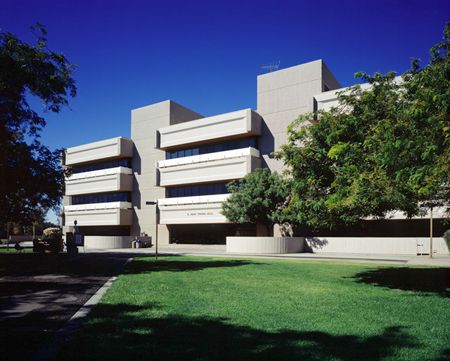
The Center for Animal Disease Modeling and Surveillance (CADMS), a part of the SVM Department of Veterinary Medicine and Epidemiology, was established in 2004 to provide a coordinated, multidisciplinary, on-going research effort to develop models and modeling systems in the area of animal disease. Currently, CADMS is directed by Dr Martinez-Lopez and is the FAO Reference Center for modeling and epidemiology. The Center has approximately 18 personnel including faculty, analysts, programmers, veterinarians, administrative staff, graduate students, and undergraduate students from 10 countries. The center’s overarching goal is to develop systems that can be used to prevent, control, or eradicate diseases and their associated adverse economic impacts and to serve as a core research program to provide a focus for all faculty interested in disease modeling (including mathematical and simulation modeling and risk analysis) and surveillance research.
The French Agricultural Research Centre for International Development (CIRAD)
Project Lead: Eric Etter
Key Personnel: Alexandre Caron, Helene Guis, Ferran Jori, Sophie Molia, Vincent Porphyre, Laurence Vial
CIRAD is a French agricultural research center working for international development. The total number of employees is 1800 including 800 researchers. CIRAD is present in more than 90 countries with twelve regional offices and has a global network of partners. CIRAD bases its operation on development needs, from field to laboratory and from a local to global scale. Its activities involve life sciences, social sciences and engineering sciences applied to agriculture, food, natural resource management and society. Researchers from two units from CIRAD will be involved in this project: AGIRs and CMAEE.
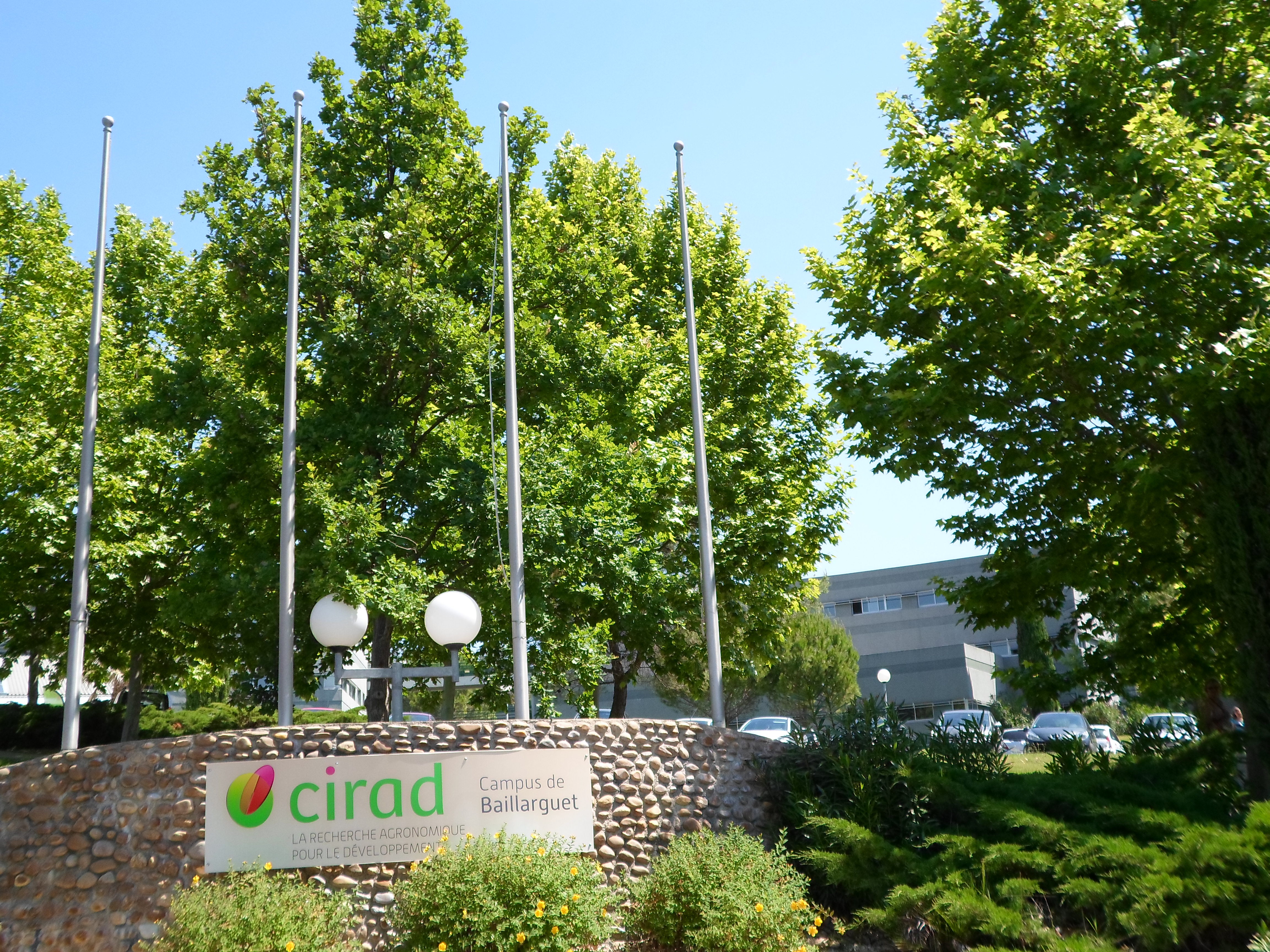
University of Pretoria (UP), South Africa
Project Lead: Armanda Bastos
Key Personnel: Mary Louise Penrith, Geoff Fosgate, Dewald Kleynhans
As an internationally recognized South African research intensive institution of higher learning, the University of Pretoria (UP) is committed to making significant contributions to society – both regionally and internationally – through the fruits of our research.
The University of Pretoria is nationally and internationally recognized for the excellence of its research outputs. UP ambitions and activities are influenced by more than 100 years of learning, scholarship, research and public engagement.
Over a 20 year period, UP has on average produced the highest percentage (14%) of
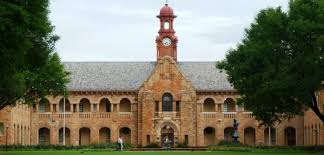
The University of Pretoria’s consistent performance in research production and postgraduate output is further reflected in the number of journal articles that are listed in the International Scientific Index (ISI) and the International Bibliography of the Social Sciences (IBSS).
Onderstepoort Veterinary Institute (OVI), South Africa
Project Lead: Juanita van Heerden
Key Personnel: Livio Heath
The Onderstepoort Veterinary Institute (OVI) resides under the Agriculture Research Council, a parastatal organization in South Africa. The Transboundary Animal Diseases

University Complutense of Madrid (UCM), Madrid, Spain
Project Lead: José Manual Sànchez-Vizcaíno
Key Personnel: Jaime Bosch, Jose Angel Barasona
The University Complutense of Madrid (UCM) is the biggest, oldest (year 1494a.c.) and most complete University in Spain. UCM has two campuses with 20 faculties and 90.000 students. The Veterinary Faculty is also the main and oldest Veterinary Faculty in Spain and the first to be approved by the European Association of Establishments for Veterinary Education (EAEVE). It holds one of the most important diagnostic units of infectious diseases and veterinary health surveillance Center (VISAVET), as well as a state-of-art hospital for large and small animals. VISAVET-UCM Center is a team of professionals with over 25 years of experience in Animal Health, Preventive Medicine and Food Safety.
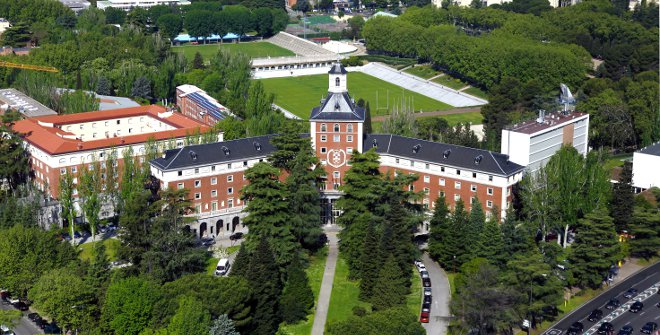
Eduardo Mondlane University (UEM), Mozambique
Project Lead: José Fafetine
The Eduardo Mondlane University (UEM) is a public institution of national scope, the oldest institution of higher education in Mozambique which aims are to “produce and
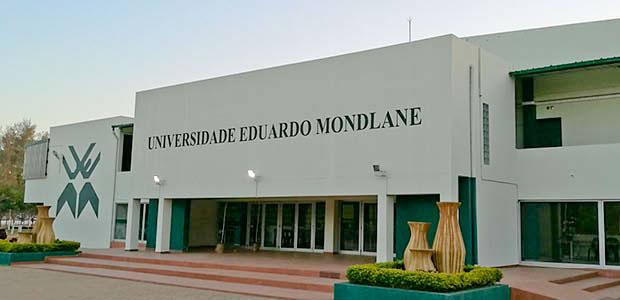
Institute of Agricultural Research of Mozambique (IIAM), Mozambique
Project Lead: Carlos Quembo
The Institute of Agricultural Research of Mozambique (IIAM) is the leading research institution in the agrarian sector of the country representing two-thirds of investment in this sector and capacity in human resources at national level. IIAM is a public entity that carries out research, development and dissemination of agricultural technology in Mozambique with the aim to increase the efficiency of agricultural research and natural resources directed toward alleviation of rural poverty. IIAM was established in 2004 because of the integration of five institutions to join efforts and complement resources; those institutions were the National Institute of Agronomic Research (INIA), Institute of Animal Production (IPA), National Veterinary Research Institute (INIVE), Center for Agricultural and Rural Development Training (CFA) and the Center for Forestry Research (CEF).